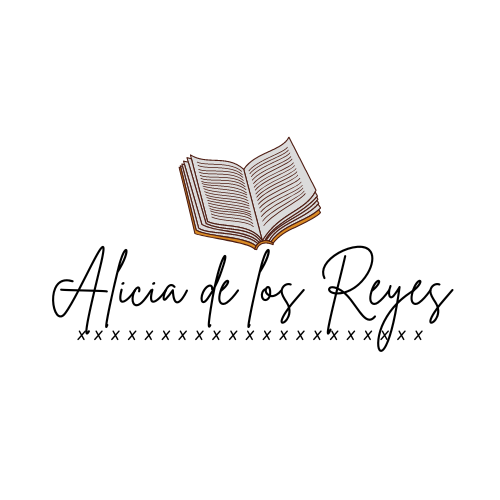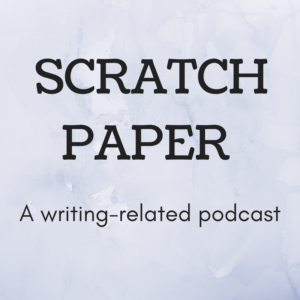Hello, faithful readers! This is the second in a series of posts about how to get started using tarot to read and write for yourself and others. I kicked it off with how I got started using tarot cards. Next, I’ll go into how you can use them (everything from finding a deck to some simple readings you can do to start). I’ll finish up with some specific ways to use tarot to plan and write, particularly fiction. If you don’t already get these posts in your inbox, sign up here to follow along (plus get a free copy of Suck It Up and Revise, my writing guide allllll about revision).
 Choosing a tarot deck to start with
Choosing a tarot deck to start with
There are dozens of tarot decks to choose from. Some are a few hundred years old, some are brand new—I walked past two women designing a tarot deck at a coffee shop the other day. You can make your own tarot deck; my friend Meg designed hers based on themes she found in poems.
It can be overwhelming for a beginner—a total beginner, like I was—to know where to begin. And unfortunately, tarot decks tend to be expensive; you probably don’t want to buy more than one to start.
But great news! There is an easy way to decide which deck is for you.
The basics
All tarot decks have 78 cards, including 22 Major Arcana and 56 Minor Arcana cards. The Major Arcana follow the journey of the Fool through stages of life that include enlightenment, despair, love, death, and rebirth. The Minor Arcana include four suits that vary slightly from deck to deck: swords, wands or rods, coins or pentacles, and cups or cauldrons. You might find other variations based on the theme of your deck.
When you go shopping for a deck, it’s helpful if all of the cards have pictures on them. Some decks do not include illustrations for the Minor Arcana; they simply have the number and a repeated symbol for each of the suits (much like a regular deck of cards; the six of rods simply shows six rods).
This is really the only piece of information you need to know before you look for a deck.
That being said, if you are a history buff or like to begin at the beginning, the Rider-Waite (or Rider-Waite-Smith) deck is a bit like the Ur-deck for tarot. If you’ve seen images from tarot cards in popular culture, they probably came from this deck; they are bright orange and yellow and full of art from the Renaissance. Many tarot reference books use the Rider-Waite deck to explain the meanings of the cards. Other decks can be thought of as interpretations of this deck, to some extent.
Follow your intuition
There are many places to find tarot decks. You can look for a local New Age shop or a local or chain bookstore. You can also look online. Look for a deck that appeals to you, then check to see if the Minor Arcana are illustrated; I think it is easier to interpret these decks when you’re just starting out. But—go with your gut! If you find a deck that you love, give it a try.
I didn’t begin with the Rider-Waite deck—the brightness of the illustrations didn’t appeal to me, and I wanted a female-centric one. Although the Rider-Waite deck was illustrated by a woman—Patricia Smith—it reflected a male-ish (or at least mixed) sensibility to me. At the time that I bought my deck (and frankly, still now), I was on a serious feminine divine kick. Anything that reminded me of men in a spiritual setting didn’t interest me.
Maybe that’s not fair—but your idiosyncratic preferences are a great place to start. Tarot cards are a tool for your intuition. If they don’t appeal to you on a basic level—if you don’t like looking at them—it’s going to be difficult to look for messages that are meaningful to you.
One of my friends didn’t get started reading tarot in earnest until she bought an herbally-focused deck. This deck has no people in it at all, only flowers, herbs, and other plants. The deck speaks to her; it connects her more deeply to nature, which is an important part of her life and her personality. She lives in a tiny house and forages and sells dried herbs for a living.
The best advice I’ve read for buying a deck of your own comes from M.J. Abadie’s Tarot for Teens (which I highly recommend, even though I’m 31!). Abadie recommends you go to a store and pick up—literally, with your hands—the decks that appeal to you. You probably won’t be able to unwrap and look through the cards, but use the cards printed on the box as an indicator; if you don’t like them, you probably won’t like the style of this particular deck.
How I chose my tarot cards
When I decided to buy my own deck, I drove to a New Age shop in Seattle and asked to look at three or four decks. Without thinking about it too much, I settled on Tarot of the Old Path. I liked the naked ladies on the front and back, representing the High Priestess and the World, and I liked the symbols they incorporated—crescent moons, stars, deer and even a unicorn. I liked the blue-green of the box the cards came in.
This deck has served me well. I enjoy interpreting the illustrations, and I’ve found it fun and easy to use. Its only drawback is the homogeneity of the characters depicted. The Old Path is a very white-woman-oriented path.
If you aren’t ready or can’t buy a deck right now, that’s fine, too. Before I took the plunge with my own deck, I used a free (anonymous) online reader. An online reader will tell you to ask a question and choose the type of reading you want (for example, a one-card reading or a three-card reading). You click, and it gives you an answer. I found one on the Llewellyn publishing company website, but you can just search for “tarot reading” online. (I still sometimes use it when I’m feeling lazy or want to look at something new.)
To sum up
- Tarot decks have 78 cards: 22 Major Arcana and 56 Minor Arcana.
- Some decks do not include illustrations for each of the Minor Arcana; keep this in mind when looking for your own deck.
- If possible, literally touch and look at a deck before you buy it. Try New Age shops and bookstores.
- If you can’t, don’t fret! Start with the Rider-Waite deck. Order one online and get started.
- Not ready or able to buy a deck? No problem. Use a free one online.
Cheers and hope you are enjoying this series. Pop back in next week (or sign up below) to follow along.
Want to get the next post in your inbox? Sign up here for my newsletter! As a thank you, I’ll send you my guide to revising, Suck It Up and Revise. It’s full of down-to-earth, useful advice and exercises to get you revising your draft today (no matter what shape it’s in).



